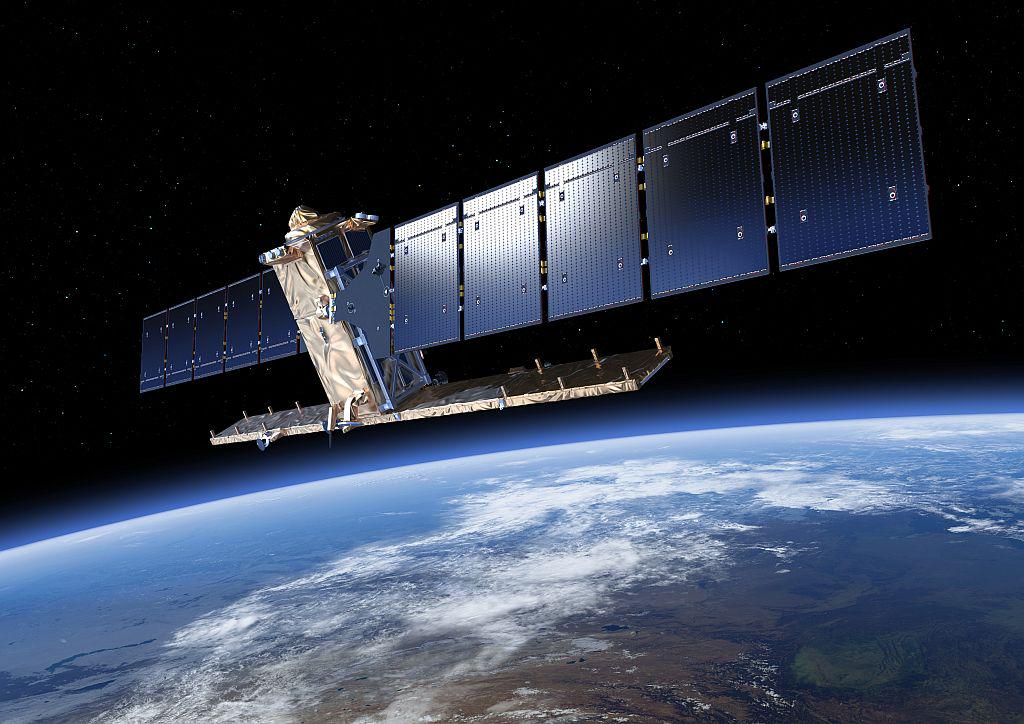
Despite limited resources, the people of Slovenia have a long history of space exploration. A Slovenian visionary by the name of Herman Potočnik was the first person to come up with the idea of a space station, several astronauts of Slovenian descent have flown into orbit, and the small village of Vitanje houses a major European space museum. Now, these extraterrestrial achievements will be joined by the country’s first satellite.
A team of several dozen Slovenian scientists, researchers, and graduate students from various backgrounds has been working on the satellite since 2010. The project, a part of Slovenian Center of Excellence for Space Sciences and Technologies, is being financed jointly by several public institutions, most of them affiliated with the University of Ljubljana, as well as handful of Slovenian high-tech companies. The satellite, now undergoing final construction in Canada, is meant as an experiment to test the technology being developed by the Slovenian team. If all goes well, it will open the door to more Slovenian-designed satellites in the future.
Even before then, however, scientists hope that the satellite will provide plenty of important environmental data, including information about illegal dumping grounds, unauthorized constructions, and readings that could be used to forecast droughts – a particularly important concern in a country with little irrigation infrastructure. But the potential uses for the satellite go beyond government contracts. The Center of Excellence even plans to provide satellite images of important events to the news media and emergency services. The images will be provided in high definition – a rarity in small satellites – and if the demand is as high expected, the satellite could soon return a substantial profit on the initial investment.
The experimental nature of the satellite means that it’s not designed to operate more than a year – but similar designs have been known to outlast their operational life by several years. And the price is certainly right: It was built for just over two million U.S. dollars, a pittance compared to how much it would have cost decades ago -- and many times less that many comparable satellites.
One thing the Slovenian team cannot do on its own is get the satellite into orbit. Several space programs provide suitable launch vehicles, however, and the satellite could be in space and operational by 2015 or ’16.
For the government, the advantage of the project is obvious: Low-cost satellites could be used to provide various data to government ministries more cost-efficiently than ever before. The private investors in the project also hope that the know-how acquired in constructing the Slovenian satellite will enable them to work for the space programs of larger nations. If they succeed, they will end up writing a new chapter in the long story of a small nation’s fascination with space.

































































